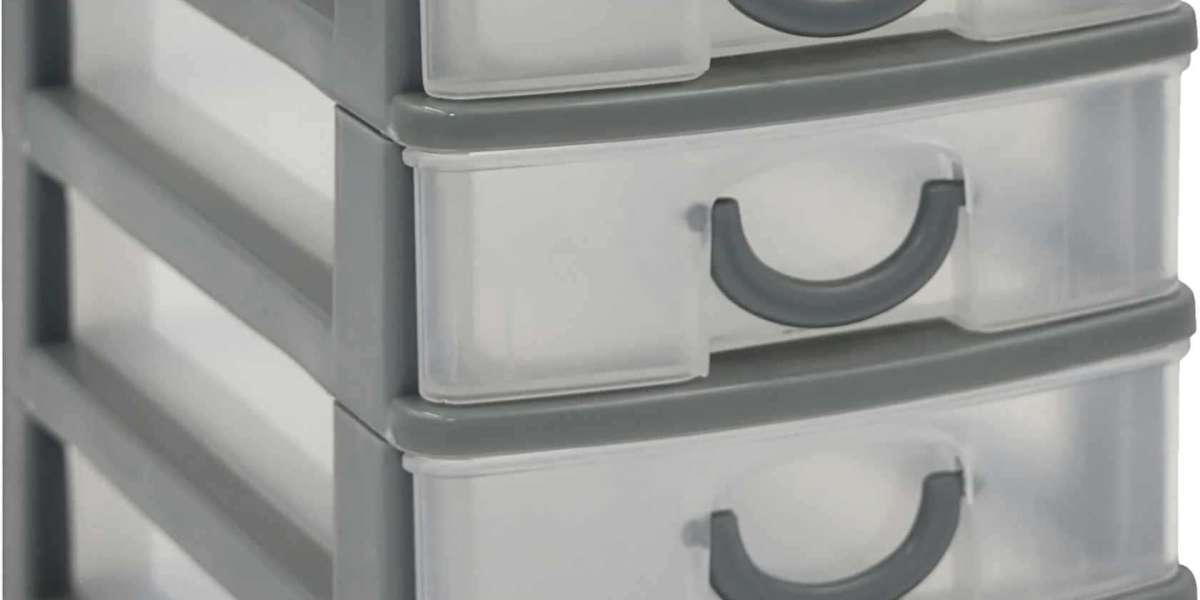Human-Machine Interface (HMI) panels are critical components in industrial automation and control systems. They serve as the gateway between operators and machines, facilitating communication and control. However, like any technology, hmi panel repair can encounter issues that may disrupt operations. In this article, we will explore the common issues associated with HMI panels, their potential causes, and effective solutions to fix them quickly.
Understanding Common HMI Panel
Display Malfunctions
Display malfunctions are among the most prevalent issues experienced with HMI panels. These can manifest as blank screens, flickering displays, or distorted images.
The primary causes of display problems include:
Faulty Connections: Loose or damaged cables can lead to poor display performance. Ensure all connections are secure and free from corrosion.
Power Supply Issues: Insufficient or inconsistent power can affect display functionality. Check the power supply for stability and voltage levels.
Software Glitches: Sometimes, software errors can cause display malfunctions. Restarting the HMI or updating the firmware may resolve these issues.
Fixes:
Inspect and secure all wiring connections.
Verify the power supply specifications.
Update the HMI software or perform a factory reset if necessary.
Touch Screen Problems
Touch screen issues can hinder operator interaction with the HMI. Common symptoms include unresponsive touch inputs, inaccurate touch locations, or delayed responses.
These problems can be attributed to:
Calibration Errors: Over time, the touch screen may lose calibration, leading to inaccuracies.
Physical Damage: Cracks or scratches on the screen can impede functionality.
Environmental Factors: Dust, moisture, or other contaminants can affect touch sensitivity.
Fixes:
Recalibrate the touch screen according to the manufacturer's instructions.
Clean the screen with appropriate materials to remove contaminants.
Replace the touch screen if physical damage is present.
Communication Failures
HMI panels rely on communication protocols to interface with controllers and other devices. Communication failures can result in loss of data or control. Common causes include:
Cable Issues: Damaged or poorly connected cables can disrupt communication.
Protocol Mismatches: Incompatible communication protocols between devices can lead to failures.
Network Problems: Issues within the network infrastructure can prevent data transmission.
Fixes:
Check and replace any damaged cables.
Ensure that all devices are using compatible communication protocols.
Test network connectivity and address any issues.
Software and Configuration Issues
Incorrect software settings or configuration can lead to a range of operational problems.
Issues may include:
Misconfigured Parameters: Incorrect settings can affect the functionality of the HMI.
Outdated Software: Running obsolete software versions can introduce bugs or security vulnerabilities.
Fixes:
Review and adjust configuration parameters according to operational requirements.
Regularly update software to the latest version provided by the manufacturer.
Preventative Maintenance for HMI Panels
To minimize the likelihood of encountering HMI panel issues, implementing a preventative maintenance plan is essential.
Here are key strategies:
Regular Inspections
Conduct routine inspections to identify any potential problems early. Check for signs of wear, loose connections, or damage.
Software Updates
Stay current with software updates and patches from the manufacturer. This practice not only resolves existing bugs but also enhances security and performance.
Environmental Control
Ensure that HMI panels are installed in environments that meet their operational specifications. Protect them from extreme temperatures, humidity, and contaminants.
Operator Training
Provide comprehensive training for operators on the correct usage of HMI panels. This knowledge can help them recognize and report issues promptly.
Emergency Troubleshooting Steps
In the event of an urgent issue, following these emergency troubleshooting steps can help restore functionality quickly:
Power Cycle the HMI Panel
Sometimes, a simple power cycle can resolve temporary glitches. Turn off the HMI, wait a few moments, and then power it back on.
Check for Error Messages
Review the HMI display for any error messages that can guide your troubleshooting efforts. Consult the user manual for interpretations of specific codes.
Isolate the Problem
If multiple systems are affected, isolate the HMI panel to determine if the issue is localized. This step can help identify whether the problem is with the HMI or connected devices.
Contact Technical Support
If the problem persists, reach out to the manufacturer's technical support for assistance. They can provide expert guidance tailored to your specific HMI model.
Conclusion
hmi panel repair are integral to modern industrial operations, and understanding how to troubleshoot common issues is vital for maintaining efficiency. By recognizing potential problems—such as display malfunctions, touch screen issues, communication failures, and software misconfigurations—operators can take swift action to resolve them. Implementing preventative maintenance practices will further enhance the reliability of HMI systems, reducing the frequency of troubleshooting needs.
Follow Us More Links:-
Follow Us On Facebook:- https://www.facebook.com/synchronics
Follow Us On Instagram:- https://www.instagram.com/synchronicselectronics/
Follow Us On Linkedin:- https://in.linkedin.com/company/synchronics
Follow Us On Twitter:- https://x.com/synchronics
Add:- 4th Floor, Lotus Enora, Opp. Rutu Villa Bunglows, 24 Mt. Main Road, New Alkapuri, Gotri, Vadodara 390 021, Gujarat (INDIA)
Call Us :- +91-704-308-4455 || +91-704-309-4455 || +91-265-400-1555 || +91-265-356-1183
Email Us:- email@synchronics.co.in












